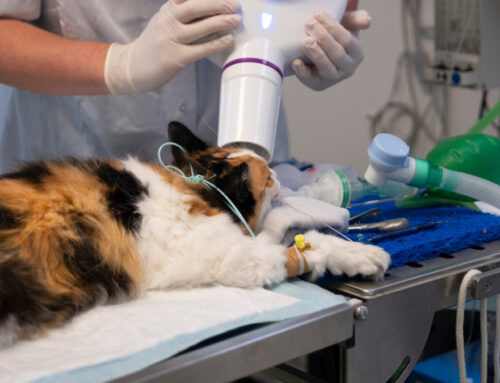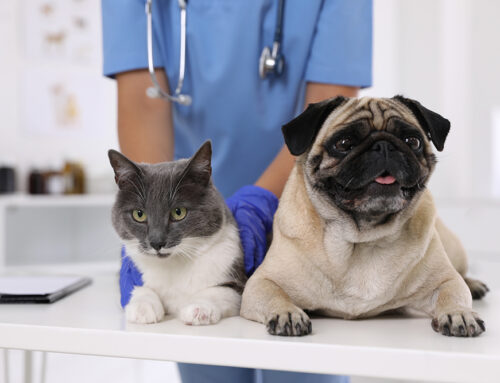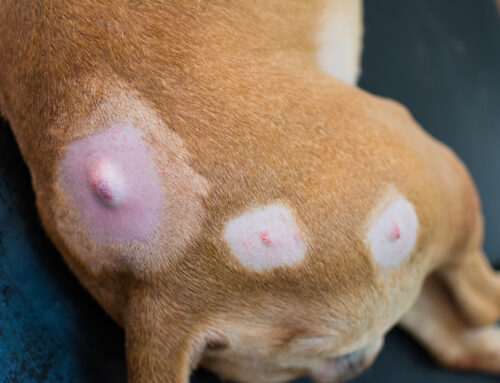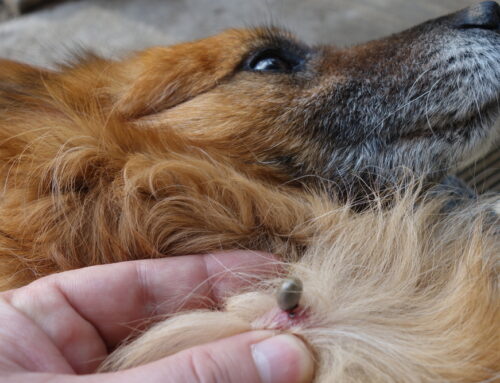Do you wonder what your pet’s veterinary dental cleaning entails? Is their dental treatment similar to yours? What really happens when your pet spends the day with our Star of Texas Veterinary Hospital team? Take a behind-the-scenes look at a typical dental cleaning performed by our veterinary technicians. Damien, who will undergo the process, is a fictional pet, but his dental disease is real.
Damien’s brush with dental disease
Damien is a 10-year-old Siamese cat who has a penchant for overgrooming when he’s stressed. With a houseful of children under age 5, and several other cats and dogs who share his home, that this feline is a bit flighty is no surprise. When Damien vigorously grooms to ease his stress, fur tufts often get stuck between his teeth, and poke into his gums, so he requires regular dental care to preserve his oral health.
To make matters worse, Damien has resorptive disease, which occurs when the body’s immune system kicks into overdrive and attacks the teeth, a relatively common disease in cats. Sticky plaque and rock-hard tartar on the teeth make matters worse, and the immune system destroys the enamel, leaving the tooth weakened and prone to fracture. This incredibly painful condition stresses Damien more.
To keep Damien comfortable, our team determined he needed biannual dental cleanings, to eliminate the disease-causing plaque and tartar. His owners wanted to understand the full procedure, so we shared the cleaning process we performed on Damien.
- First, medication — We prescribed Damien anti-anxiety medication to be given at home. Already a nervous cat, a veterinary hospital visit only heightened Damien’s anxiety, so we used Fear Free techniques to keep him calm. We also customized his anesthesia protocol, using ample sedatives and pain medication, to ensure he was as comfortable as possible before, during, and after the procedure. Once Damien was fully anesthetized, we were ready to begin his dental cleaning.
- Examination — We completed a thorough oral exam and took full-mouth dental X-rays, and used the information from these diagnostics to determine what treatment Damien would need in addition to a standard dental cleaning. We saw tooth-root resorption on the X-rays that showed two teeth with progressive resorptive disease, and heard a chatter response when the affected teeth were probed. Unfortunately, such teeth cannot be salvaged, so we made a plan to extract them.
- Plaque removal — Before extracting the diseased teeth, we administered local anesthetic blocks to ensure Damien would feel no pain during the procedure, and on recovery. While these blocks took effect, we removed large chunks of tartar from the teeth crowns, and the tufts of fur trapped under the gum line. Once we removed most of the tartar with hand tools, we moved on to an ultrasonic scaler, a special tool that vibrates rapidly and safely and effectively eliminates plaque and tartar, above and below the gum line. Removing oral bacteria below the gum line is crucial during a veterinary dental cleaning, since at-home toothbrushing can’t reach nearly as far.
- Polish — Once we removed all the visible plaque and tartar, we polished Damien’s teeth smooth. Scaling creates tiny microabrasions in the enamel, and eating and grooming can also roughen the teeth, but polishing them smoothes away imperfections, giving sticky oral bacteria less purchase to grab onto the enamel.
- Special treatment — Next, we applied a fluoride treatment to help strengthen the tooth enamel. This treatment can help prevent resorptive disease from worsening rapidly, and thwart plaque accumulation.
- Extraction — Once we completed the cleaning portion of Damien’s dental procedure, we extracted his diseased teeth. Extracting damaged or diseased teeth in a clean mouth is important, because removing the plaque and tartar beforehand minimizes the amount of bacteria that enter the gingival tissue during an extraction. After we removed the teeth, we repeated Damien’s X-rays of those teeth, to ensure no pieces had broken off and remained in the gum tissue.
- Recovery — After we finished Damien’s entire dental procedure, we recovered him from anesthesia. Damien was kept quiet, in the dark, so he recovered without stress or pain. He was soon able to return home to his family.
Professional dental cleanings are important for every pet
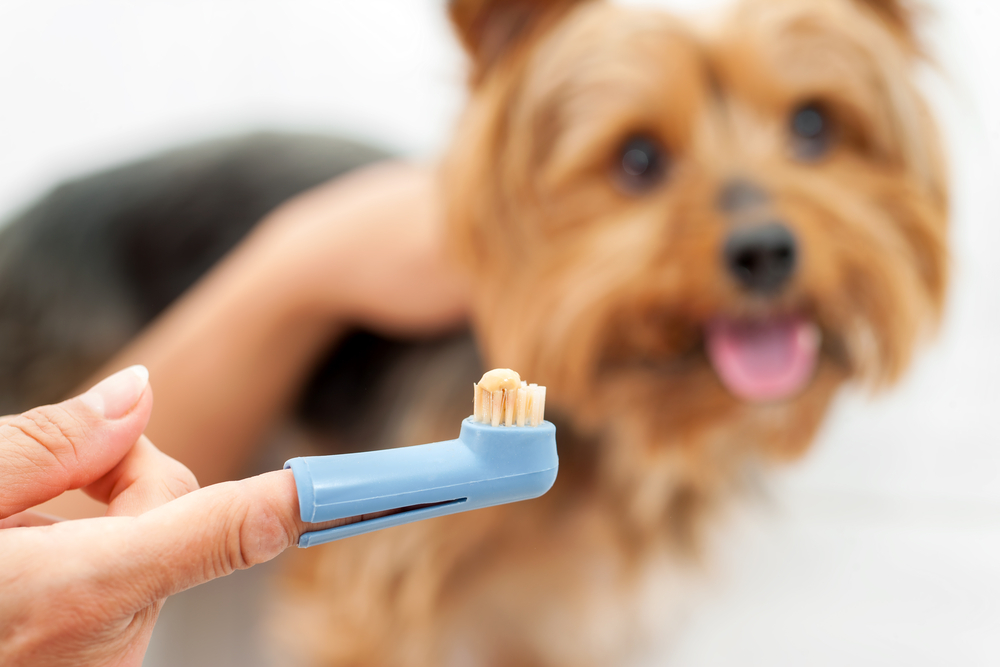
While not every cat has resorptive disease, every cat—and pet—will need a professional dental cleaning at some point during their lifetime. Many pets require annual dental cleanings, and some breeds, like Yorkies and dachshunds, may need more frequent cleanings, to preserve their oral health and prevent painful disease. Although you may be concerned about anesthetizing your pet to have their teeth cleaned, take comfort in knowing that general anesthesia eliminates the stress and pain your pet would otherwise likely experience. In addition, anesthesia allows us to thoroughly clean your pet’s teeth, lengthening the time between necessary cleanings.
Is your pet due for a professional dental cleaning? Contact our Star of Texas Veterinary Hospital team to schedule their oral health exam, and help prevent them from suffering with a painful condition, like Damien.


